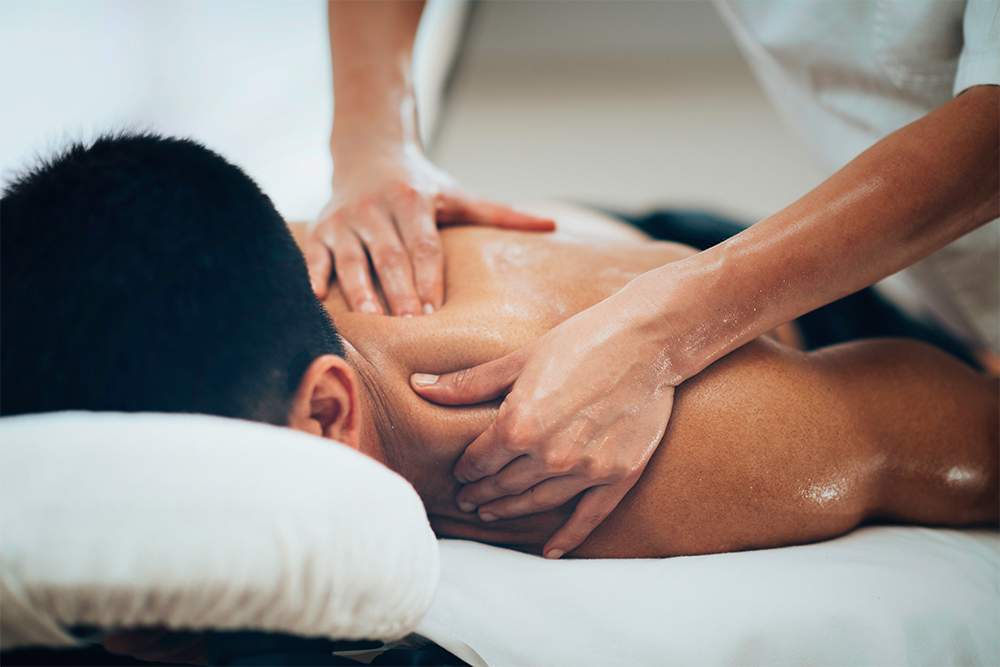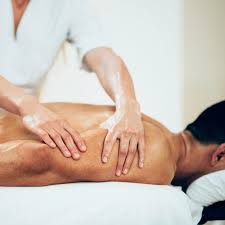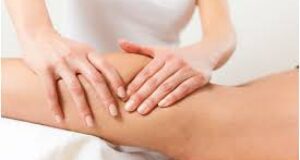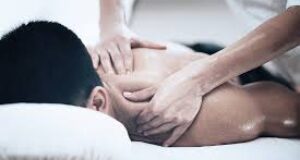In order to benefit fully and thoroughly from regular sessions of massage therapy near, you must integrate its magic into a complete program for good health. The seven sections in this chapter will introduce you to some of the necessary complements to massage therapy. Granted, massage alone is capable of significantly upgrading your emotional and physical health and of improving or curing both chronic and acute conditions; but only a synthesis of proper diet, nutritional supplements, correct posture, regular exercise, meditation, homoeopathic medicine, general health aides and mas-sage can achieve your long-term goal of good health. I hope the information in this chapter will stimulate your interest and set you in the right direction in your search for good health through eclectic massage.

Your posture reflects how you feel about yourself and how you see yourself in relation to other people. If you have a positive, self confident approach to life, your posture is likely to be erect. A slumped posture, on the other hand, usually indicates a defeatist, negative attitude.
The way you relate to yourself and others also deter-mines how much your posture will succumb to the earth’s constant pull of gravity. Gravity is both your enemy and your friend. Without gravity life on this planet would be impossible, but gravity also subjects you to a constant downward pull that can easily overcome you and produce an extremely exaggerated, slumped posture. As if that isn’t enough, you also have to cope with postural deviations caused by other events beyond your control, like accidents, deaths, pollution, noise and all the annoyances of a modem, indifferent, technological society.
It is, therefore, easy to understand why optimum posture is not so easily achieved. If you also consider that you were not taught how to walk, sit down, get up, reach or bend over, it is absolutely amazing that you’re doing as well as you are. Imagine what a little correctional training could do for you! In light of the overwhelming odds against good posture, the logical question to ask is what you can do to correct your understandable deficiencies. There is a method known as the Alexander Technique that offers a working solution to the problem. The Alexander Technique evolved over a period of ten years through concentrated effort by its originator, F. Matthias Alexander. Since the late nineteenth century, people from all walks of life have been benefiting from his discoveries.

Among the more renowned people who have praised him and used his methods are Sir Charles Sherrington, John Dewey, Lilly Langtry, Professor Nikolas Tinbergen, Aldous Huxley, Gertrude Stein’s brother Leo, and George Bernard Shaw. The Alexander Technique is very popular among dancers, singers, actors and musicians, because proper posture is of utmost importance when you want to be the best in your field. For this reason, too, scientists, doctors and concerned lay people have employed the Alexander Technique.
Why shouldn’t each of us strive to be the best we can be? Correct posture is basic to optimum health. If your neck is thrust forward and down, if your chest sags and your back is humped at the shoulders and arched in the lower lumbar region, how can the necessary blood, energy and nutrients reach your internal organs or muscles? Such a de-formed posture weighs heavily on your internal organs, especially on your lungs,




